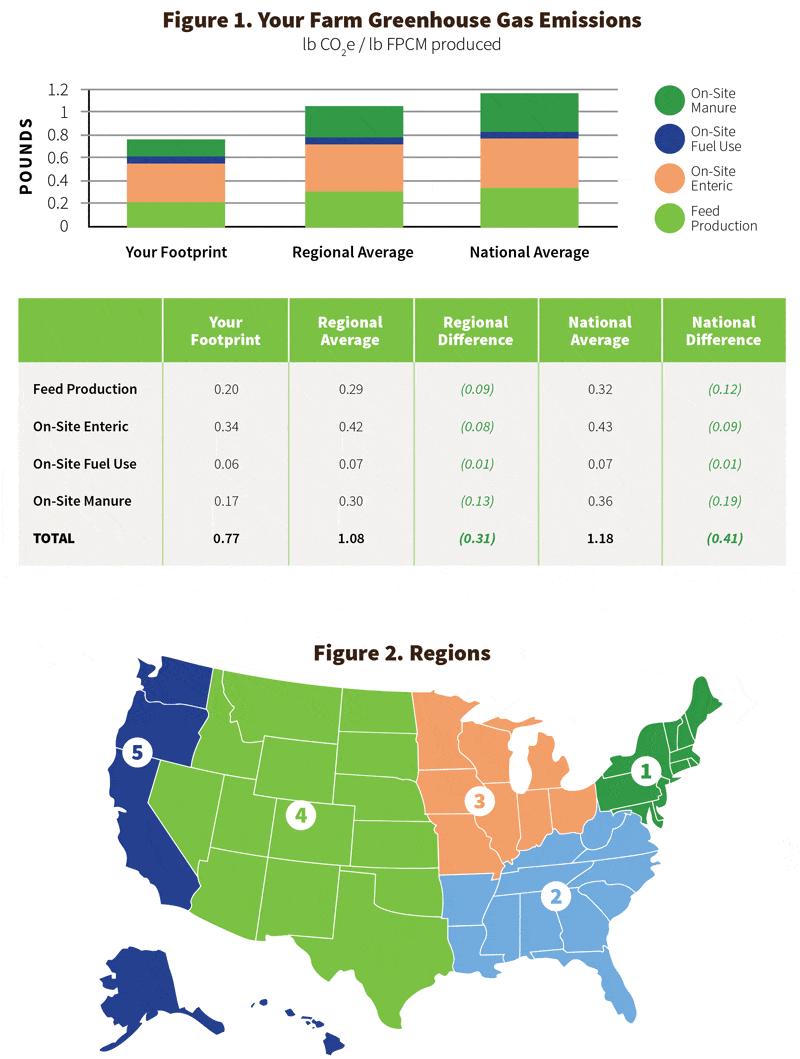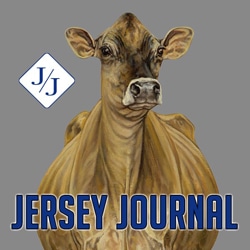Jersey Jargon, April 2020

The Farmers Assuring Responsible Management (FARM) Environmental Stewardship (ES) program has been available since January 2017 to help the dairy industry estimate greenhouse gas emissions and energy use on the farm. The snapshot is based on assessments conducted by individual dairy farms that participate in the program.
In keeping with a directive to update standards every three years, Version 2 was released in February 2020. Updates include new options for data entry and more detailed reports.
Participation in the voluntary FARM ES is encouraged because it helps dairy farmers show consumers they are committed to the environment. As well, results can reveal opportunities for improvements that benefit both the planet and the bottom line.
In this month’s Jersey Jargon, we’ll give an overall view of the program and highlight changes that were adopted in Version 2. If you need assistance completing the module, contact National All-Jersey Inc. (NAJ), which has been certified as a second-party evaluator for FARM.
The Basics
The Environmental Stewardship module is one of four program silos of the FARM program administered by the National Milk Producers Federation (NMPF). Other modules are Animal Care, Antibiotics and Workforce Development. The FARM program is open to all dairy farmers, milk processors and cooperatives, even if you do not ship milk to NMPF.
Through a series of questions in five categories—production, energy, feed, crops and manure management—the module assesses a farm’s carbon and energy footprint. FARM ES provides a baseline from which dairy farmers can identify potential efficiency gains and cost savings and track progress.
Version 2
The FARM ES program officially transitioned to Version 2 in late February. An updated user’s guide and online training are anticipated in the first quarter of the year.
The three major changes include: new data options and questions; new crop emission factors that update baseline information; and more detailed results, such as the ability to see greenhouse gas (GHG) results broken down by type of gas.
If previous data under the first version of Farm ES represents a cooperator/processor baseline of greenhouse gas emissions, it is recommended to have FARM re-run the old data using Version 2 of the model.
Typically, GHG reporting guidance recommends re-running the base year of data if methodology updates will significantly impact results. In such cases, the crop emissions factors updates do change.
What are the Benefits?
The FARM ES program was established as a long-term means of tracking and communicating the dairy industry’s efficiency story to consumers. Tools like this enable the industry to report that one cow today produces as much milk as five in 1944, reducing the carbon footprint of a gallon of milk 63% over the past seven decades.
In the immediacy, dairy producers are provided with statistics that estimate their carbon footprint for the four areas of production–feed production, on-site methane enteric (produced via the digestive process), on-site fuel use and on-site manure management. These numbers are compared to those of similar-sized herds regionally and nationally.
Energy use on the farm is also estimated by converting gasoline, electricity, propane and other forms of energy into British thermal units (MBTUs). This is then divided by pounds of fat protein corrected milk (FPCM) to determine a farm’s footprint. As with production, these numbers are compared to a regional and national average.
For the Jersey breed, participation in FARM ES may yield even more statistics that prove their cow is the world’s most efficient, environmentally friendly bovine.
For additional information, contact NAJ Assistant General Manager Drew Duncan at 614/322-4462 or dduncan@usjersey.com. Or, visit NMPF’s website at https://nationaldairyfarm.com/.

By participating in FARM ES, dairy producers receive statistics that show their carbon footprint in terms of pounds of carbon dioxide equivalents per pound of fat protein corrected milk. Results are divided into areas of production: feed production, on-site enteric, on-site fuel and on-site manure management.
